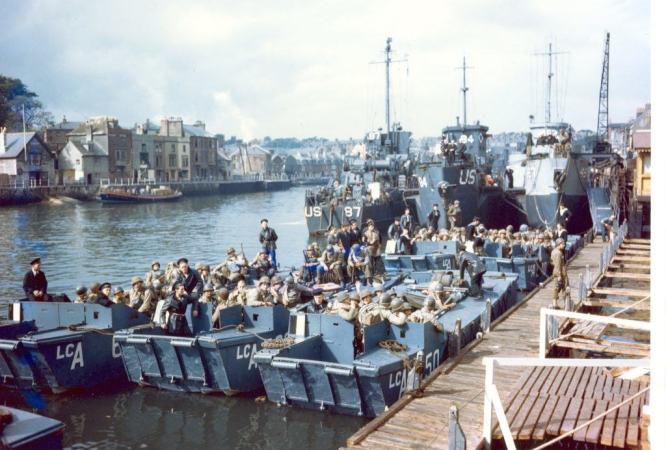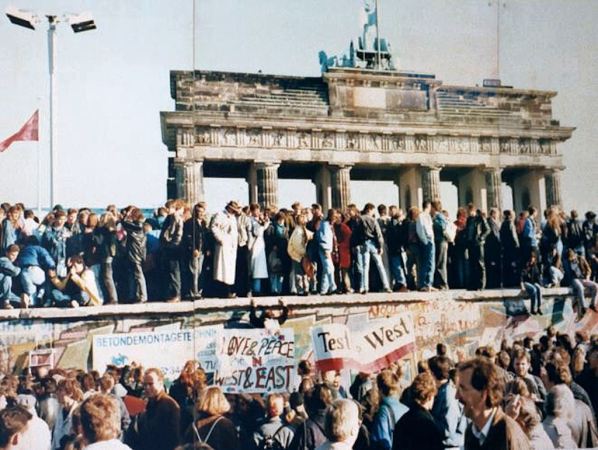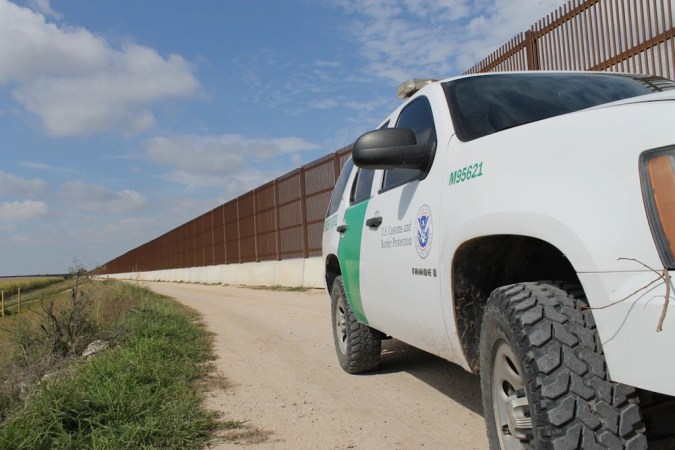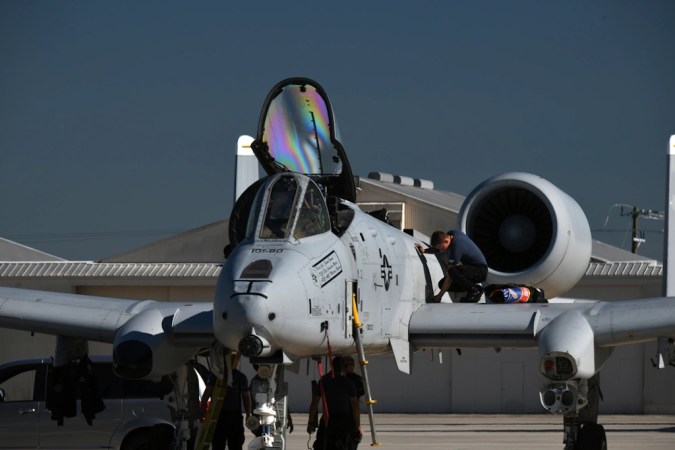In 1969, El Salvador and Honduras fought a war that lasted for 100 hours and left over 3,000 dead. This brutal conflict was called the “Soccer War,” but the three highly contentious soccer games were not the cause of the war, but probably the spark that set off a growing powderkeg of tensions that had been building up between the two Central American countries for a while.
Some of it was a maritime territorial dispute over the Gulf of Fonseca. Those things can be touchy – look at the South China Sea for one such example. Part of it also was the fact that as many as 300,000 Salvadorans had migrated into Honduras.

With those growing tensions building and building over the ongoing displacement of Salvadoran squatters, the three-game qualifier for the 1970 World Cup really was the last straw. The heated series ended on June 26, 1969 with a 3-2 victory by El Salvador. After that win, El Salvador cut off diplomatic relations with Honduras within hours of the deciding game.
On July 14, 1969, the Salvadorans attacked, using passenger planes as makeshift bombers. The air battle raged over 100 hours – and it was notable for being the last combat action for the F4U Corsair and P-51 Mustang. On the ground, the Salvadorans used the World War II-era M3 Stuart light tank to make massive gains against the poorly-equipped Honduran Army.
However, the Hondurans managed to hit Salvadoran fuel supplies – at the same time, the Organization of American States worked on the diplomatic front. On July 18, there was a ceasefire. By August 2, 1969, all Salvadoran troops had left Honduras. By that point, not only had over 3,000 people died, but tens of thousands were displaced.

A full peace treaty was not signed until 1980. The International Court of Justice resolved the Gulf of Fonseca dispute in 1992. Even then, it took 14 more years for Honduras and El Salvador to finally resolve the last of the border disputes.
Oh, and about the soccer. El Salvador made it to the 1970 World Cup, but was quickly defeated by the Soviet team.










